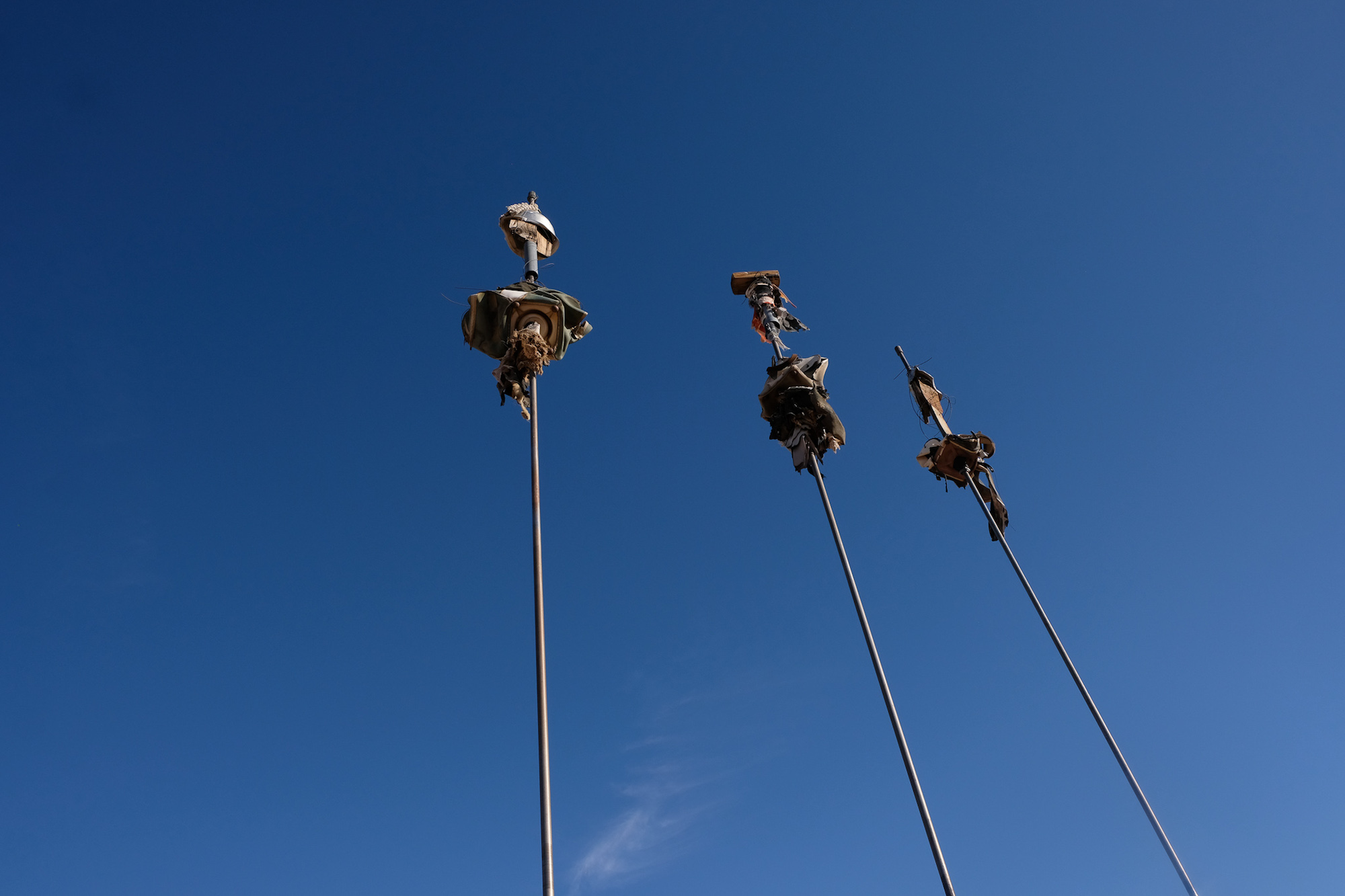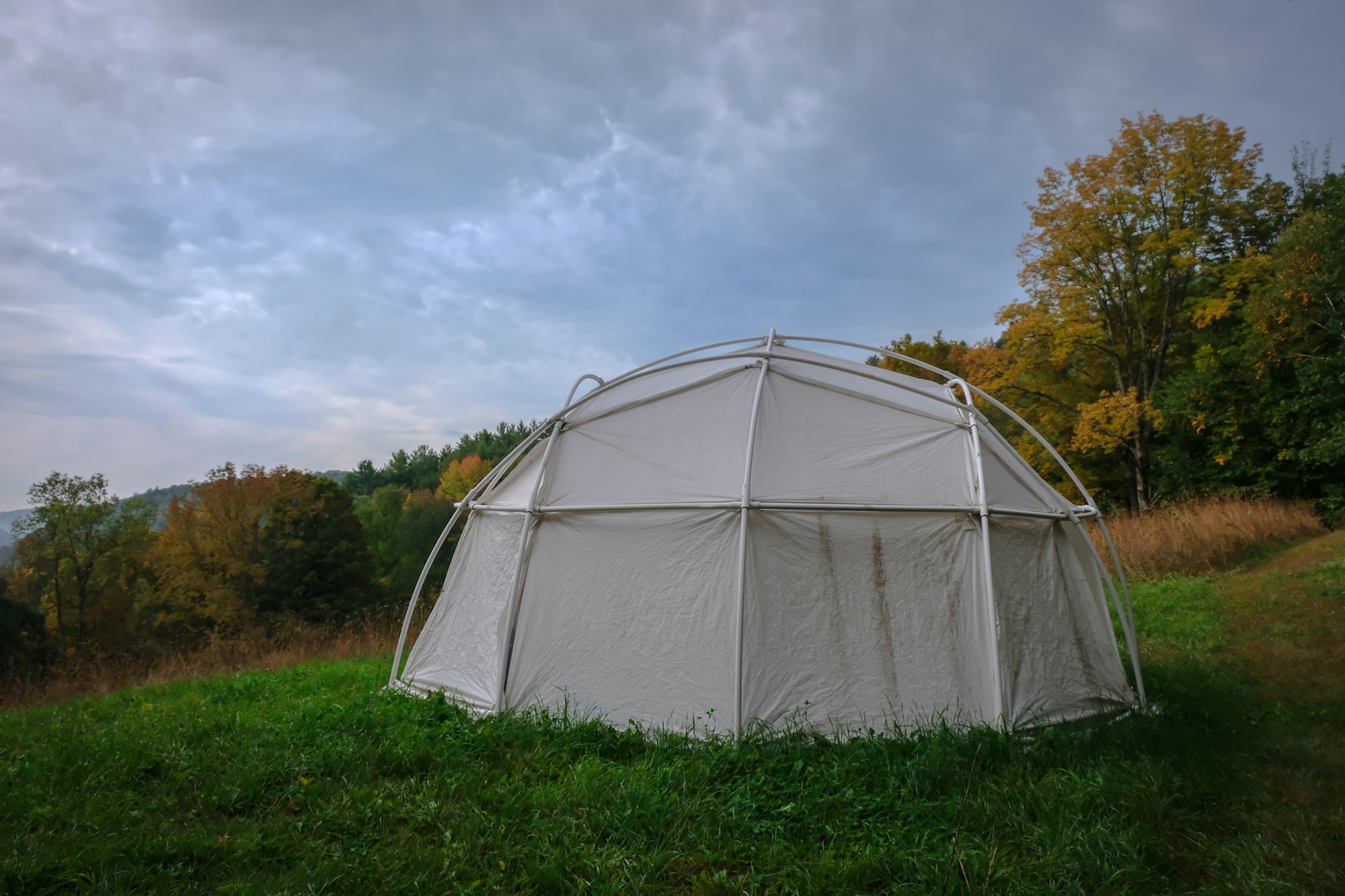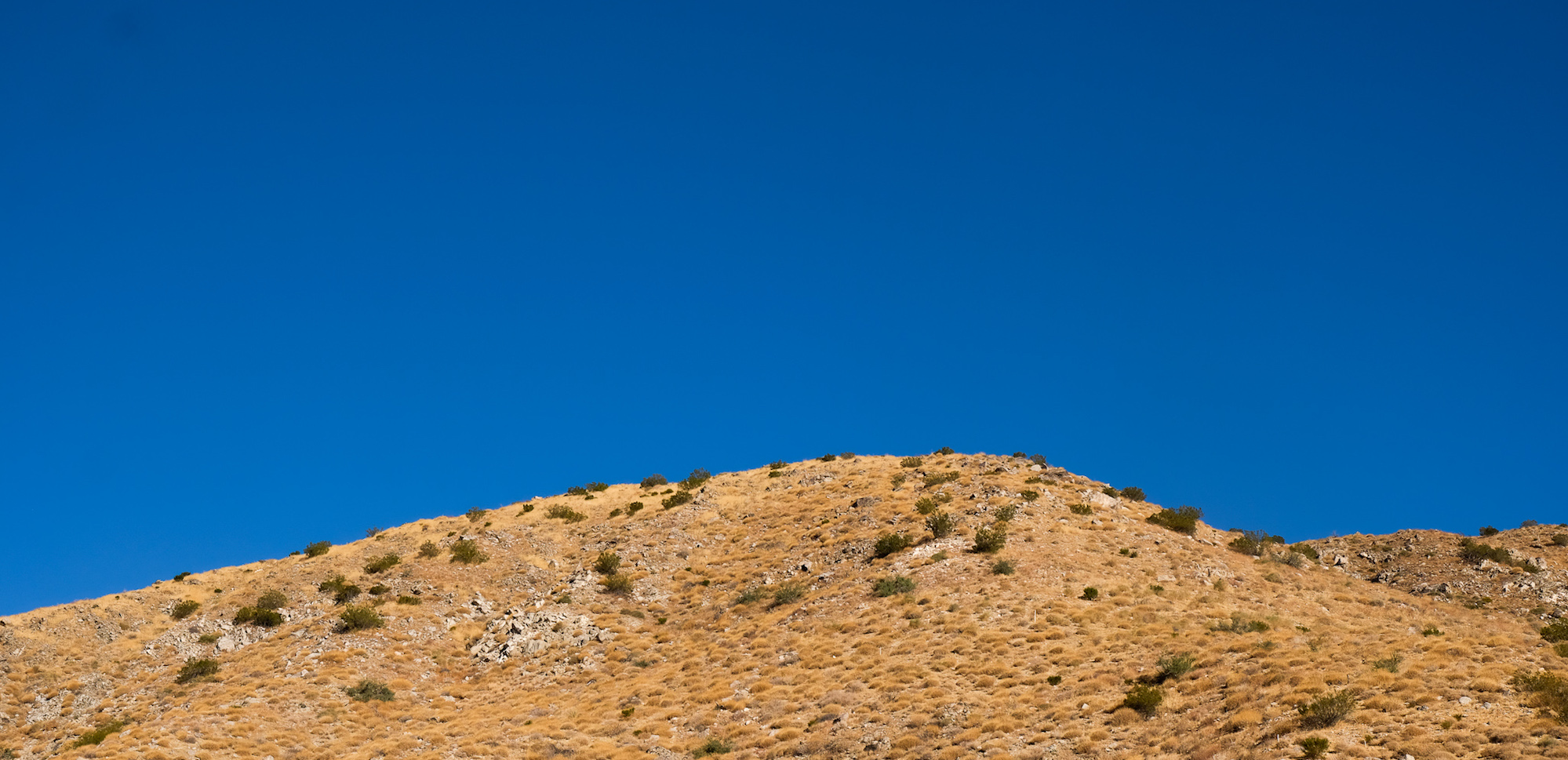Designing for a World in Crisis
April 17, 2020
By: Mohini

“History always constitutes the relation between a present and its past. Consequently fear of the present leads to mystification of the past” ― John Berger, Ways of Seeing
The King is Dead, Long Live the King
Overnight, our world is unrecognizable. Our generation fixates on disruption, yet no one was ready for it when it came. It's too soon to tell how deeply our world has changed in the last few months, but one thing is for sure, in order to survive the consequences of these changes we must be ready to iterate and adapt.
Antidote was born out of a need to respond to change, specifically global systems altering in small but devastating ways. We believed then that the systems of regulation in place would work if people just understood the urgency of our shared condition. We were moved to action by a changing climate that was quietly altering lives all around the world, a thousand small cracks to the firmament of human exceptionalism. If only we could show people how precarious our condition was, surely they would act! It was a simpler time then.
Covid-19 has altered our reality. Our world has faced crisis before, human existence has been shaped by war, plague, greed, and exploitation more often than we'd like, but our generation has never faced anything of this scale, speed, and murderous efficiency before. A crisis that effects everyone can't be ignored after a point, as we are learning.
The old systems of capital, trade, and innovation, have come to a grinding stop as we collectively hold our breath, trying to survive. Living in this moment really refocuses your priorities. Ideas that seemed too unrealistic are suddenly possible. The gaps in our systems of value are suddenly starkly visible. Octavia Butler said "God is Change", and we are living that change acutely today.
The old ways are dying, let them die. We need to break the cycle and grow into our new ways. The King is dead. Rejoice.
Another World is Possible
Historically, pandemics have forced humans to break with the past and imagine their world anew. This one is no different. It is a portal, a gateway between one world and the next. We can choose to walk through it, dragging the carcasses of our prejudice and hatred, our avarice, our data banks and dead ideas, our dead rivers and smoky skies behind us. Or we can walk through lightly, with little luggage, ready to imagine another world. And ready to fight for it. – Arundhati Roy, The Pandemic is a Portal
This pandemic has done away with our old pretenses, forcing us to focus on what is essential. Without any blows to its physical infrastructure, global systems of capitalism are collapsing around us. We are all stuck indoors in self-quarantine, as late stage capitalism stages its own death, all we can do is witness in silence. Workers everywhere are striking, suddenly seeing their worth to a society that wants to crush and exploit them. Nurses and Doctors are being held back from saving lives in a pandemic as hospital administrations chose to enforce irrelevant rules. Mutual aid networks rise to bridge the enormous gaps in our social security nets, as political leadership crumbles all around us. Who can forget elected officials and TV personalities asking older folks to die to save the economy? We are experiencing remarkable, tragic, and shocking times collectively, and it is clear that the only way we will survive this together is if we adapt.
While society around us is experimenting, stalling, and violently changing, we are being advised to hold on to our old routines and wait for things to get back to normal. As if we can go back to normal after this. We have all seen the fragile wizard of our Oz.

Design is a Big Tent
I am a designer, it is what I decided I wanted to do when I was 13 years old. I wasn't quite sure what that meant then, and over the years my own definitions have changed and adapted as the field of design has grown and divided. Ben and I started Antidote to engage with the world equitably. We let our conscience guide us, and felt a sense of purpose to our work. We have tried to hold on to that sense of purpose over the last decade, but it's impossible to hold on to the same notions of design as a field of practice.
Design is a large and diverse field of practice rooted it adaptation and iteration. Designers re-interpret the complexity of the world in ways that make sense to other humans. We see ourselves parsing the vectors of existence into threads of humanness. We help humans make better choices by taking the edge off our collective cognitive overload. Over time, all our helpful strategies have centered around the selling of ideas, products, or experiences to people with the hope that it will improve their lives. Selling a new phone and selling environmentalism are conceptually very similar, we are both trying to set up long-lasting systems of consumption. What does our target consumer want? How does our product help them achieve that desire? Everything we do works around those two poles.
Covid-19 has made our old habits of consumption very inconvenient. Would you risk death to get some fast fashion? How much do you value a new game console? Are you willing to spread contagion just because you need that IPA? The so-far invisible cost of consumerism is now painfully visible, and it's no longer easy to ignore the impact we have on the environment.
We are witnessing a cascade failure of our old systems of value. In the absence of an omnipresent "Marketplace", how do we design meaningful engagements with the world?
All design is rooted in creating value out of potential. Most often this value has some objective, quantitative financial context. We know something is a good design if people "buy" it. These transactions are only sometimes hard currency, more often they are in time, attention, conviction, and the amorphous creation of "content". Not-for-profit design also shares the same methods of evaluating itself. Design biennials are glorified trade shows, design conferences are opportunities to network and sell yourself, if not a product. Our entire industry is built around the trade and sale of ideas into engines of profit.
How does this industry and how we, its workers, respond to the world without our marketplace to encourage our efforts? Our past attempts to ease the harshness of the world through the veneer of design seem inadequate today. What design thinking approach can ever solve the problem of a for-profit healthcare system that would rather see a lot of us die than give us essential medicine? How can we ideate away gross inequality and worker exploitation? Which kanban board can help us organize disposable immigrants and vulnerable prison populations waiting to die of a pandemic? Our attempts at taking experiences from the corporate world and applying them into problem solving real-world issues have mostly been hollow because we end up evaluating them from the lens of profit and capital.

Designing the Next Design Practice
The artist’s job is to make places uninhabitable for property developers. – Lauren Grace Ford, of Savage Messiah
Now that our old world is gone, it will be replaced with something new. What that will be depends on how far we can stretch our creative imaginations. Adaptation and iteration, key components of a designer's practice, are exactly the tools that will come into play again. When we start rebuilding to mimic the old normal, we'll inevitably recreate the old systems of exploration and consumerism made more resilient. Or we can attempt something new, something different.
In the absence of the omnipresent Marketplace, our design practice has the space to focus on what humans need, not just what they can buy. We have a fuzzy vision of a possible future where the status quo of product-centered design stops being individual consumer centered, and starts being collective network-centered. Tools like Human Centered Design are used primarily to create products, but if we shifted their focus to thinking of humans as collective nodes networked together, what might we produce? None of this IoT or tech disruption nonsense, which turned out to only be a linguistic update for the old modes of exploitation, but something truly human focussed. It requires thinking of human beings as living creatures, not just hollow consumers. We are all linked together, sharing a limited set of resources, polluting and infecting each other on our tiny blue dot.
As designers, it is our moral responsibility to force a change upon the systems that prop us, have enabled us to limit our imagination and our impact. What if we imagined something truly disruptive and revolutionary?
A lot of designers and researchers have been thinking about these questions, but now our survival depends on finding answers. No one has a one right answer, but trying, expgimeting, adapting and iterating are what we as designers do best. With collectives of individuals in intersectional networks of mutual aid and support, we would create a more resilient society and world together. So far, the biggest issue in realizing these radical ideas has been a totalitarian economic force with a centralized system of capital controlling everything from our paychecks to healthcare. Today we see how fragile and exploitative that system is. The opportunity to try something wild is now, because of the void left by a stalled marketplace. What might we create if we all worked together?
